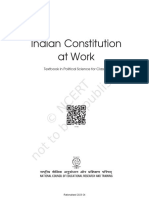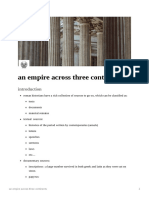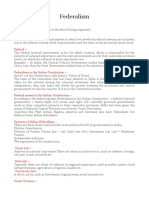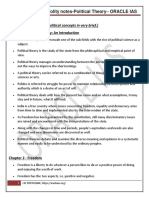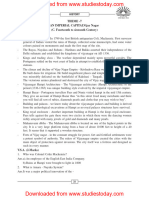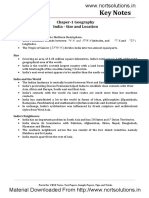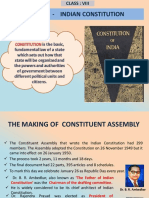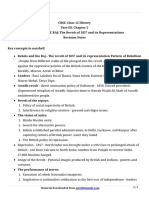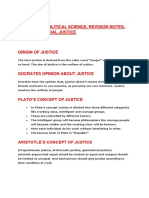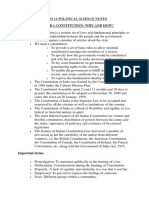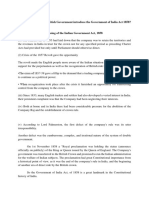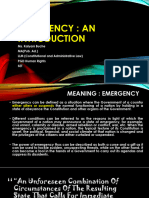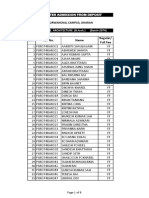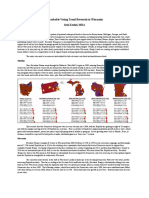0% found this document useful (0 votes)
181 views9 pages11 C Constitution Why and How Notes
The document discusses the importance and functions of a constitution, particularly focusing on the Indian Constitution, which is characterized by its length, blend of rigidity and flexibility, and features like parliamentary governance and independent judiciary. It outlines the process of its creation by the Constituent Assembly, the significance of the Objective Resolution, and the institutional arrangements that ensure a balance of power among different branches of government. Additionally, it highlights the borrowed features from various international constitutions and the schedules that detail the distribution of powers and functions within the Indian governance system.
Uploaded by
navnisingh12345Copyright
© © All Rights Reserved
We take content rights seriously. If you suspect this is your content, claim it here.
Available Formats
Download as DOCX, PDF, TXT or read online on Scribd
0% found this document useful (0 votes)
181 views9 pages11 C Constitution Why and How Notes
The document discusses the importance and functions of a constitution, particularly focusing on the Indian Constitution, which is characterized by its length, blend of rigidity and flexibility, and features like parliamentary governance and independent judiciary. It outlines the process of its creation by the Constituent Assembly, the significance of the Objective Resolution, and the institutional arrangements that ensure a balance of power among different branches of government. Additionally, it highlights the borrowed features from various international constitutions and the schedules that detail the distribution of powers and functions within the Indian governance system.
Uploaded by
navnisingh12345Copyright
© © All Rights Reserved
We take content rights seriously. If you suspect this is your content, claim it here.
Available Formats
Download as DOCX, PDF, TXT or read online on Scribd
/ 9






























